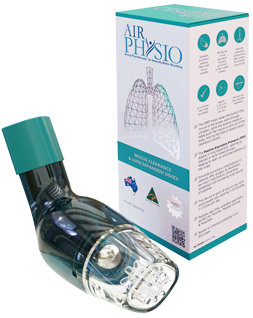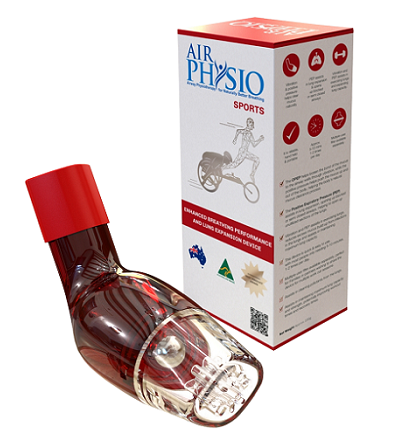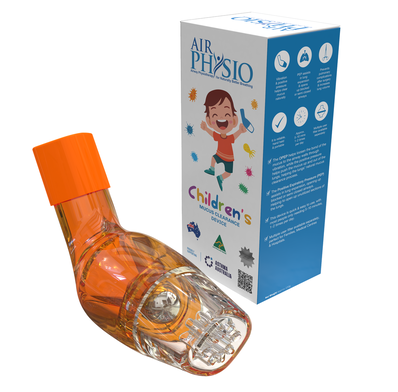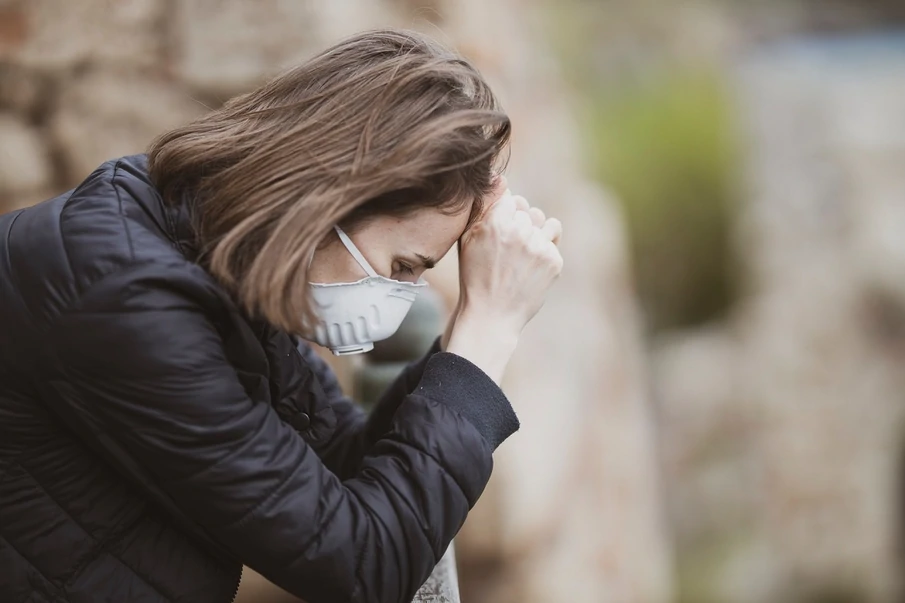Managing Your Asthma Flare Up – Here’s What You Need to Know
Asthma is a chronic condition that causes inflammation in the airways inside the lungs. As a result, they become narrow and may produce too much mucus making it hard to breathe. This triggers an incessant cough and a whistling sound (wheezing) as you breathe out.
If you have asthma, it is important to keep it under control. A major part of this involves knowing what to do when you have a flare-up of symptoms – also known as an “exacerbation.” During an asthma flare up, the airways get even more inflamed, and the muscles around them get even more constricted.
What should you do when this happens? Here’s everything you need to know.
Common Causes Of Asthma Flare Up
Asthma flare-ups can occur for any number of reasons. If you’re allergic to dust, pollen, mites, or even mold, these can make your existing asthma symptoms worse than they already are. Sometimes, it’s not even the common culprits that trigger the symptoms. Exercise, cold air, perfume, changes in the weather, and smoke from tobacco or wood can cause your symptoms to flare up.
Some people have reported getting triggered by a sinus infection, cold, flu, and even gastroesophageal reflux – a condition where stomach acid goes up the food pipe into the back of the throat.
The best thing to do would be to pay close attention to what triggers your flare-ups and how they affect you. It is also a good idea for your doctor to test you for a wide range of allergens to determine if there’s something you might be allergic to. That way, you can steer clear of it.

SYMPTOMS OF AN ASTHMA FLARE UP
A common question many people have is – How can you tell if you’re having, or about to have, an asthma flare up? The most common signs are feeling breathless (shortness of breath), incessant coughing, wheezing, and feeling an uncomfortable tightness in your chest.
You need to keep an eye out for these symptoms as you go about your daily routine. You might find that you have one or two of those signs, which is a definite indicator that your asthma is getting worse.
The other clue would be – finding that you’ve upped your doses of quick-relief asthma rescue medication. If you find that you’re using your inhaler more than twice in a single week to get relief from these symptoms, it’s a definite red flag that your asthma is flaring up.
Gauging How Serious A Flare-Up Is
Feeling slightly short of breath is a long way from gasping for air and wheezing as you breathe. You, therefore, need to know how to tell if an asthma flare up is serious.
A great way would be to use a peak flow meter to measure your Peak Expiratory Flow (PEF). This is a must-have gadget for anyone with asthma. It helps you keep track of the condition. That way, if the numbers seem off from what would be considered “normal,” then you know a flare-up is on the way. Here’s how.
First, you’ll need to measure your “normal” peak flow. To do this, you’ll need to track your asthma every day for two weeks when it is completely under control. The highest reading would be your “personal best” and is what you’ll use for reference.
Mild Flare Up
During a mild flare-up, you might notice that you’re getting slightly short-breathed when walking or exercising. However, you feel fine once you sit still. You might also wheeze slightly as you exhale. Your PEF readings at that point would be anywhere between 80 and 100 percent of your normal peak flow reading.
Moderate Flare Up
If you’re having a moderate flare-up, you may experience shortness of breath as you talk while standing, sitting, or even lying down. However, when you sit quietly, the symptoms seem to ease up.
You may also feel anxious and tense and find that you’re using the muscles in your neck more than usual to draw in deeper breaths. These may be accompanied by loud wheezing as you exhale.
When you measure your PEF readings, they will usually be about 50 to 80 percent of your normal peak flow reading.

Serious Flare Up
When you have a severe asthma flare up, breathing is rapid and labored. You’ll experience shortness of breath even when you’re sitting still and may only be able to utter a few words at a time.
You’ll also feel anxious and tense, and perhaps even a little tired and sleepy because of all the effort you’re using to breathe. At this point, the condition has graduated to a life-threatening problem, and you need to seek medical help at the emergency room of a hospital right away.
The PEF readings will usually be less than 50 percent of your normal peak flow reading.
How Tomanage Your Asthma Flare Up
If you notice your asthma symptoms worsen, the first you need to reach out for is your inhaler. The typical dose is around three to four puffs every 20 minutes, for up to three doses in total. If you have a home nebulizer, a dose would be one treatment.
Your doctor will likely have given you an asthma management plan to give you more control over your symptoms. Here what you need to know.
- If You’re Feeling Fine (Your PEF Readings Are In The Realm Of “Normal”), Just Keep Taking Your Anti-Inflammatory (Long-Term Controller) Medication
- If You’re Starting To Show Mild Symptoms Of A Flare Up Use Your Quick-Relief Rescue Medication In Addition To The Anti-Inflammatory Drugs You’re Taking
- If Your Symptoms Are Getting Severe, Use Your Quick-Relief Rescue Medication As You Seek Emergency Care
- Don’t Lie Down If You Have A Flare Up; Instead, Do Some Breathing Exercises To Help The Air Stay In Your Lungs’ Passageways For Longer
- Go For A Medical Check-Up From Time To Time To Ensure That Your Medication Is Still Working As It Should Or Get It Adjusted If Need-Be
Keep Flare Ups At Bay
The most important parts of managing your asthma flare up are tracking your symptoms to identify (and stay away from) your triggers; recording your PEF to monitor your lung function; adjusting your treatment based on your asthma management plan. That way, you’ll stay on top of your symptoms and keep flare-ups at bay.
In the meantime, check out our blog for some useful information on what to expect when seeing a pulmonologist.
Average Lung AirPhysio
ENJOY BETTER BREATHING - Use this 100% Drug Free Device - AIRPHYSIO

Recent Posts
Sports AirPhysio
IMPROVE YOUR SPORTING PERFORMANCE - Use this 100% Drug Free Device - AIRPHYSIO

AirPhysio Child
BETTER BREATHING FOR YOUR CHILD - Use this 100% Drug Free Device - AIRPHYSIO

Categories
- asthma (2)
- atelectasis (2)
- bronchiectasis (2)
- copd (3)
- cystic-fibrosis (45)
- featured (10)
- uncategorized (2)


